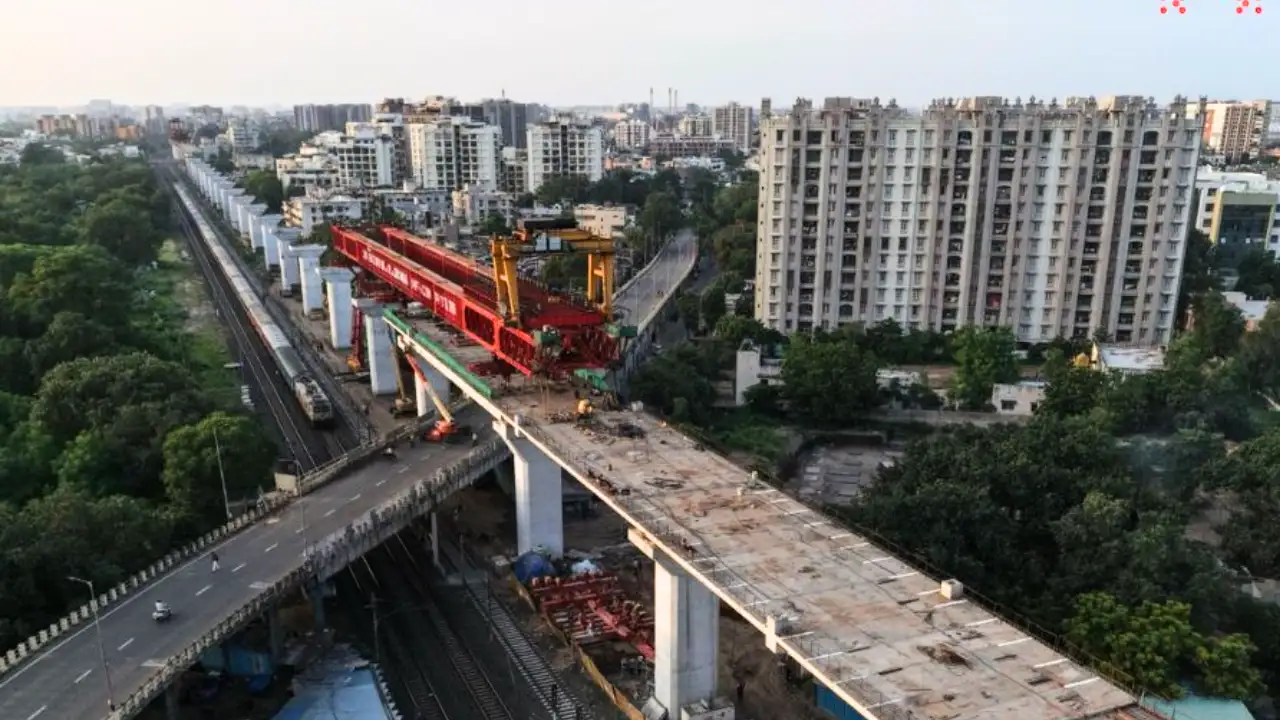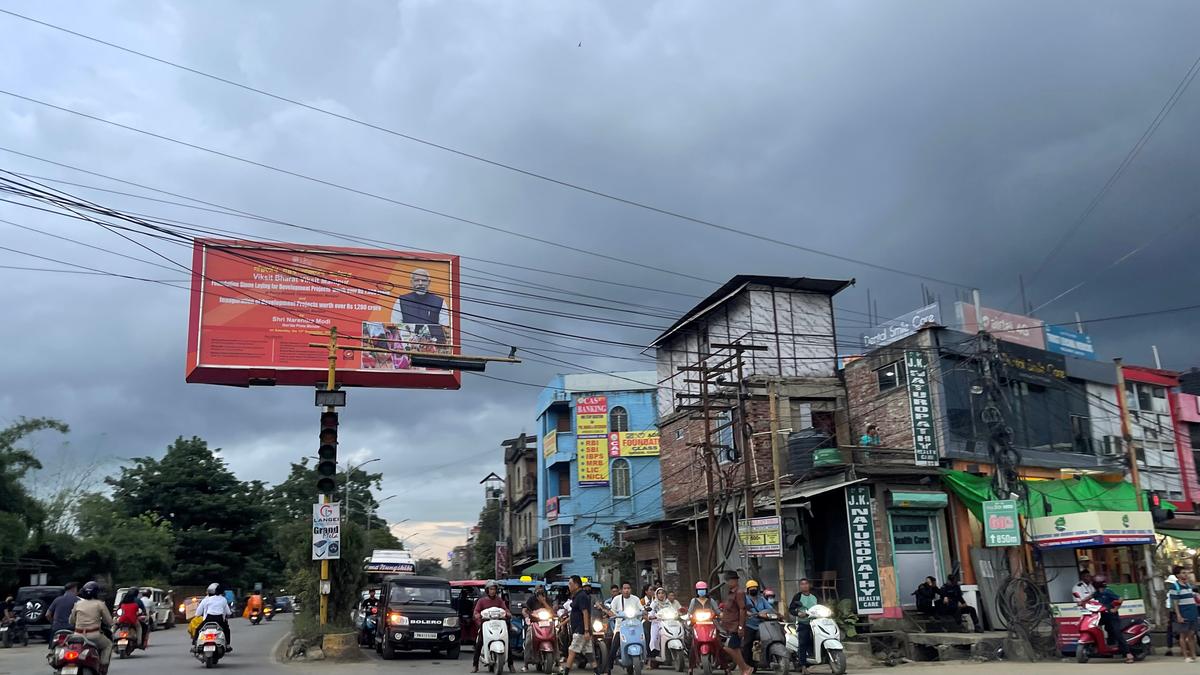Built in 12 Days! Mumbai-Ahmedabad Bullet Train Viaduct Launched Over Girdhar Nagar Flyover—See Pics
By Times Now Digital
Copyright timesnownews

As India’s first Mumbai-Ahmedabad bullet train nears its launch in 2027, intensive preparations are underway to ensure a seamless and smooth travel experience. On Monday (September 29), the viaduct over the Girdhar Nagar Flyover in Ahmedabad was successfully launched for the bullet train project. The long, multi-span bridge has been constructed in just 12 days, within its deadline, according to a PTI report. The 45-meter-long span viaduct, weighing 1200 MT and consisting of 19 segments, was completed using the Span-by-Span method. Check pictures here The construction work of the viaduct was executed with minimal disruption to public traffic, despite the route being one of the busiest in the city, connecting Shahibaug, Asarwa, and Kalupur, PTI reported. This marks another major milestone in the high-speed rail corridor, which includes 31 key crossings in the Ahmedabad district, with 15 already completed. Also Read: Mumbai-Ahmedabad Section of India’s First Bullet Train to Open By 2029: Railway Minister Vaishnaw All About Mumbai-Ahmedabad Bullet Train Once operational, the bullet train will cover the distance between Mumbai and Ahmedabad in just two hours and seven minutes. As the train project is slated to open in 2027, Railway Minister Ashwini Vaishnaw said on Saturday that the full Mumbai–Ahmedabad route is expected to become operational by 2029. By 2028, the entire Thane-Ahmedabad section will be commissioned, and by 2029, the entire Mumbai-Ahmedabad section will open. The speed potential of the main line is 320 kmph and 80 kmph for the loop line. Moreover, the most modern technologies have been used in the project to ensure the safety and efficient movement of trains. The entire heavy work for Surat station is completed, and finishing and utility works are progressing faster along with the track link, Vaishnaw said. Notably, this bullet train project will turn economies of all major cities from Mumbai to Ahmedabad into one and spur growth like Japan did when the first bullet train was introduced.



